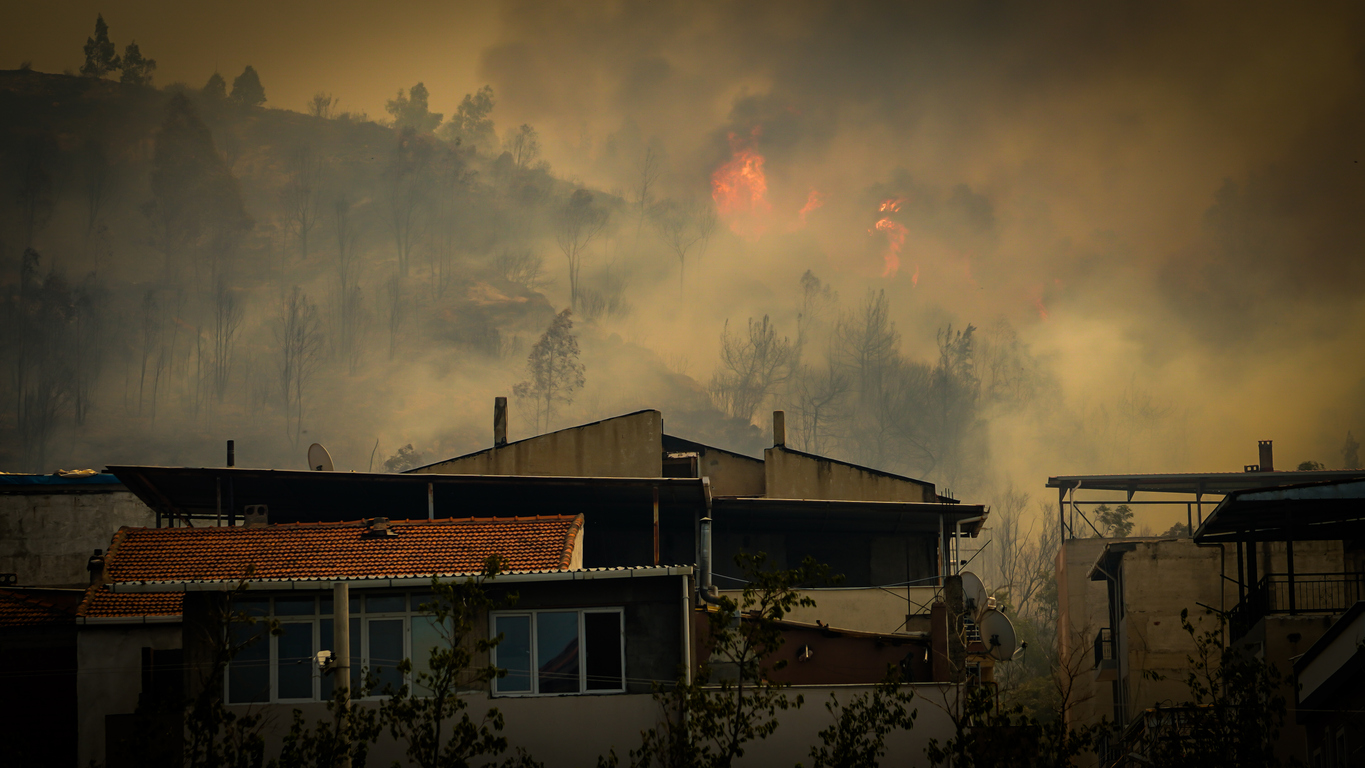Now get ready because everything you thought you knew about water damage claims and whether they are occurrences that are covered, or ongoing events that are not covered, may be tested with this one. Would you think that a water damage claim occurring over a sixteen year period could be covered under a property insurance policy? It may sound doubtful at first glance, until you read about the situation that led to a covered claim in a Federal Court in Wisconsin involving Chubb Indemnity Insurance Company.1
In October 2010, the policyholders discovered that water infiltration had been causing damage within the building envelope of the home. The infiltration was ongoing and progressive in nature, beginning around the time of original construction and continuously occurring with each subsequent rainfall. On December 22, 2010, they submitted a claim to Chubb for the discovered damage; Chubb denied coverage.
The U.S. Court of Appeals for the 7th Circuit ruled that Chubb had to pay a policyholders’ claim for continuous water damage their home sustained over a 16 year period. The Chubb policy coverage ended in 2005, about five years before the policyholders discovered the damage in 2010. Despite this, they were still entitled to coverage. Wisconsin has a “continuous trigger theory,” which means that the injury occurs continuously from exposure until the property owner discovers the damage. Chubb wanted the Court to apply a “manifestation theory,” which means the injury does not occur until it shows itself as property damage—because that would have been outside of its policy period. The 7th Circuit Court noted that Wisconsin court have never adopted the manifestation theory for all first party claims despite policy language.
Chubb argued that the trial court ruling would open the door to insurance carrier liability arising from stale policies. In the case, it was Chubb’s own policy language—which stated that it would provide coverage for all risks of physical loss to the property if the claim was from an occurrence that took place while the policy was in place—that resulted in their conclusion . The policy defined “occurrence” as continuous or repeated exposure to substantially the same general conditions. Under this definition, the water damage is a single occurrence according to the Court. The opinion stated this as to the drafting of the policy:
The Chubb defendants were in the best position to dictate how the policy would be activated, its coverage, and its exclusions. Letting the Chubb defendants off the hook now would reward their sloppy drafting. It is not the province of this court to alter the unambiguous terms of the policy.
This case is important for policyholders and their representatives. The insurance companies argued that the continuous trigger theory was out of place in first-party property insurance cases and that it should be left to third-party cases. That argument was rejected—depending on the jurisdiction you are in it will be important to know if it follows this theory if the wording of the policy is similar to the policy in this case.
1 Strauss v. Chubb Indem. Ins. Co., — F.3d —-, 2014 WL 6435314 (7th Cir. (Wis.) Nov. 18, 2014).




